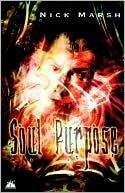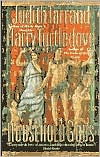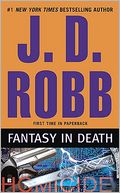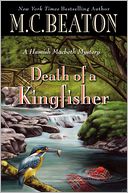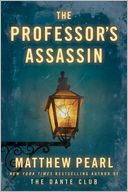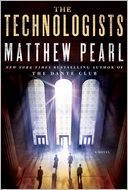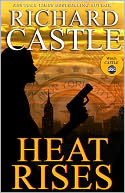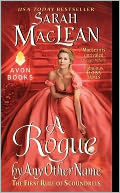 A Rogue by Any Other Name by Sarah MacLean is the first book in MacLean’s new pre-Victorian romance series, The First Rule of Scoundrels. It is also a delicious tale about a former tomboy who tells a bald-faced lie that her sudden marriage is a love match between herself and her former childhood sweetheart. There’s a problem with telling whopping lies like that one–fate is so tempted to make them real.
A Rogue by Any Other Name by Sarah MacLean is the first book in MacLean’s new pre-Victorian romance series, The First Rule of Scoundrels. It is also a delicious tale about a former tomboy who tells a bald-faced lie that her sudden marriage is a love match between herself and her former childhood sweetheart. There’s a problem with telling whopping lies like that one–fate is so tempted to make them real.
But the story is in why Lady Penelope Marbury and Michael, Marquess of Bourne are in the position to be telling such a whopper in the first place.
You see, there was a bit of a scandal. Actually, there were two. Make that three.
When Michael turned 21, when he reached his age of majority, he lost his entire estate over a hand of cards. Over just one hand. He was maneuvered into it. And the other man cheated. But Michael played, and he bet. And he bet everything that wasn’t tied up in the entail. And he lost it all.
To the man who had been his guardian after his parents’ death, Lord Langford. The man who had taken Falconhurst, an estate that was barely scraping by, and had built it up into something worth having…and who was unwilling to turn it over to a mere boy, even if that boy was the rightful heir. So Langford manipulated, maneuvered, cheated, and won. and gloated over his triumph.
Michael was disgraced. He never placed another bet. But he never lost the taste for it. Gamblers never do. Instead he ran games where other men lost their money, and their livelihoods. And eventually their inheritances. Ten years after Langford broke him, Michael, Marquess of Bourne was one of the four owners of The Fallen Angel, the most exclusive gaming hell in London.
Lady Penelope Marbury was the oldest daughter of the Marquess of Needham and Dolby. Growing up, Michael had been her best friend, along with Tommy Alles, the son of Lord Langford. At least, they’d all been friends until Michael’s scandal. Penelope had written letters to Michael for years, never receiving any in return.
But Penelope had suffered her own scandal. During her first season, she had become engaged. To a Duke, no less. It had all been perfect. Not perfect love, but perfectly arranged. The Duke of Leighton had been slightly boring, but her marriage to him would have made life so much easier for all of her younger sisters.
Instead, the engagement was broken and a week later the Duke married someone else. Infamously, it was an obvious love-match. and Penelope became a laughingtock for not being able to hold on to him. Six years later the ton was still tittering about it. Penelope was secretly relieved. Penelope wanted more than a dull, society marriage to a man she didn’t know or care for.
But her scandal affected all of her sisters’ prospects. Her father won Falconhurst from Langford, fittingly enough in a card game, and attached Bourne’s estate to Penelope’s dowry.
Penelope’s father was nobody’s fool. He knew what Michael thought he wanted–revenge against Langford. The older man wanted his daughter married and settled, and figured that Michael was what she wanted, no matter how he had to maneuver to get it.
Penelope wanted her sisters’ happiness, and was willing to bargain with her own to get it. Everyone in this story is gambling, but the stakes are much higher than your average card game.
Michael has been living for his revenge for ten years, and thanks to Penelope’s father, it is now within his grasp. But revenge, as the saying goes, is a dish best served cold. With Penelope back in his life, the only thing he can think of is the heat they generate together.
Which will win?
Escape Rating A-: I kept reading to see what would happen next! This was a story with a lot of twists and turns, and it also sets up the rest of the series quite nicely.
The glimpse into the past through Penelope’s letters to Michael is terrific! We don’t just see them growing up, we see Penelope changing over the years after Michael left, her transformation from tomboy to the “proper” woman at the beginning of the book. She used to be adventurous, and that’s all still inside her, but it’s been locked away because she has no outlet, and then Michael comes back and it all comes flowing, and sometimes raging, out of her again.
Michael is almost an enigma. He is beset by demons. His revenge has nearly consumed him, but not quite. He doesn’t gamble for money, but he so obviously gambles in so many other ways. He needs the adrenaline.
Penelope’s father is quite the schemer. He sets the whole thing up. Excellently well played!
![]() Reviewers note: I received this egalley from Edelweiss in return for an honest review.
Reviewers note: I received this egalley from Edelweiss in return for an honest review.


